Fantasy genre has never really taken off in a big way here in the West. It’s popularity hit a peak in the 1980’s with films like Conan the Barbarian (1982), The Dark Crystal (1982), Legend (1985,) Red Sonja (1985) and Highlander (1986) and we saw a slight surge of interest after Peter Jackson brought Lord of the Rings (2001-2003) to the big screen, but for the most part, the genre has stayed as a relatively small thing somewhere in the edges of sci-fi, adventure and horror. However, in the east, especially in Hong Kong cinema, the fantasy genre has been a staple of the industry for decades and the amount of films produced in this category is quite frankly mind boggling. I have once again tried my hardest to collect some seminal films together, so you dear reader might get a better idea as where to start. And once again, I will freely admit that some deserving films are undoubtedly missing, as I simply do not have the time or resources to hunt down every single title I would have liked. Still I hope this listing gives at least some guidance to this wonderful genre and maybe help some of you to find some amazing films you might not have otherwise watched. (Don’t forget to check out our other Asian Film Articles!) presented by Horror News
When starting to familiarise oneself with Asian fantasy cinema the place to start is quite naturally Hong Kong. The rich tapestry of Chinese folklore and “wuxia” literature have for decades offered the most wonderful inspiration and source material for a thriving martial arts/fantasy scene. But even when narrowing down to just one country, the pure number of Hong Kong fantasy can be quite daunting and leave the unexperienced viewer confused as from where to start. If like me, you wish to go way back into the beginning of things, you might want to seek out a film that helped to kick start Hong Kong martial arts cinema and has since become an absolute legend in the genre: Come Drink With Me (Da zui xia , 1966). Directed by King Hu and starring Cheng Pei Pei, Hua Yueh and Chan Hung-lit it is a thoroughly enjoyable martial arts romp filled with great action scenes and surprisingly gory violence. Cheng Pei Pei gives an unforgettable performance as Golden Swallow; a swordswoman on a quest to free her brother from a gang of bandits. Along the way she is joined by a drunken beggar Fan Da-Pei (Hua Yueh), whose impressive kung fu skills come in handy when confronting a whole band of outlaws. Chan Hung-lit also stars as the beautifully camp villain Jade Faced Tiger, who despite his campiness is quite a ruthless adversary. While the films action scenes might seem dated compared to the complex modern choreographies, the influence that Come Drink With Me has had on the genre as a whole is undeniable and the echoes of its impact can still be seen today.
Another notable film in the early years of the genre comes from the same director but has slightly more serious and philosophical feel to it. A Touch of Zen (Xia nü, 1971) is a martial arts epic without compare. With its rather lengthy running time of 3h 20 minutes, it can seem like a daunting undertaking for any cinema fan, but believe me when I say, that there is no chance to get bored in anywhere of those three hours.
A Touch of Zen tells a story of a lady fugitive Yang Hui-ching (Feng Hsu) on a run from corrupt government officials. With a help of an earnest young painter, some kick ass Buddhist monks and old friends of the family, she takes on her adversaries with great force and cunning tactics. The story plays out in three chapters, starting out relatively slow manner and those who wait for a full thee hour action ride might find themselves slightly disappointed, as the first fight scene will not manifest itself until nearly an hour into the film. However, when the action does get going it never really stops and especially the last part of the film is a nonstop martial arts spectacle. Now, neither of these two films is fantasy per se, but do contain fantastical elements to them (Come Drink With Me, more so). The main reason I found it important to mention them in this context is that without them, we would quite possibly be without some of the modern martial arts/fantasy classics and films like Crouching Tiger, Hidden Dragon (incidentally also starring Chen Pei Pei) have a lot to thank for when it comes to these two films and their influence.
Moving on to actual fantasy cinema, two names that will help you on this quest and assist with opening up the whole genre are Tsui Hark and the Shaw Brothers. Hark, a bit of a Jack-of-all-trade of film making, comfortably wearing the hat of director, producer and screenwriter, has certainly had a noticeable impact on the genre.
One his earlier directorial escapades, Zu: Warriors from the Magic Mountain (Shu Shan – Xin Shu shan jian ke, 1983) is a fantasy classic that everyone just starting out in this genre should hunt down. It’s a story of a young army deserter who inadvertently gets sucked in to a supernatural adventure and helps to save the world. It’s packed full of absolutely off the wall action, cheesy eighties special effects and incredibly fast paced storytelling. So fast paced in fact, that at times it’s almost impossible to keep up with. Never fear though, Zu: Warriors from the Magic Mountain is not a film that you watch for its intricate plot line, but to purely enjoy the visual and completely bonkers action it has to offer. To give you a better idea what to expect, it has been said that John Carpenter used this film as his inspiration for Big Trouble in Little China, although I would say that Zu is like Big Trouble on acid; more colourful, more action packed and definitely weirder.
In 1987 Tsui put on his producer hat and played his part in bringing the world one of the greatest horror fantasy films ever made; A Chinese Ghost Story. Directed by Ching Siu-tung, it’s a tale of a cowardly young tax collector Ning (Leslie Cheung), who on his travels stumbles on a haunted temple inhabited by a beautiful female spirit Siu Sin (Joey Wong), imprisoned by an evil tree demon (Lau Siu-ming). With a help of a local Taoist priest (Wu Ma), Ning sets out to help to free Siu Sin so she can leave her spiritual slavery and be reincarnated. The film is not only awesomely full of action, but also genuinely funny. Leslie Cheung’s skills in physical comedy are bar none and Ning’s clueless antics are some of the best scenes in the film. For horror fans there’s plenty of old school special effects, including some sympathetically clumsy animated corpses and a tree demon attack that brings to mind such films as Evil Dead and The Thing.
The set design is beautiful and whole films is real a pleasure to behold. An absolutely must see for any horror-fantasy fans (or just plain horror fans). However, if you are more interested in more recent fantasy cinema and don’t wish to travel all the way back to the eighties to sample Mr. Tsui’s work, you need not worry; over the years, Mr. Tsui has dipped in and out the wuxia/fantasy genre and there’s plenty of more recent pieces to be getting on with. In 2001 he directed and produced the Legend of Zu (also known as Zu Warriors or Shu shan zheng zhuan) which of course is based on the same source material as Zu: Warriors from the Magic Mountain. In 2005 he directed Seven Swords (Qi jian), a tale of seven warriors banding together to protects a village from an evil general. Perhaps slightly better known in the West however is his Detective Dee series; Detective Dee and the Mystery of the Phantom Flame (Di renjie: Tong tian di guo, 2010), Young Detective Dee: Rise of the Sea Dragon (Di Renjie: Shen du long wang2013) and Detective Dee: The Four Heavenly Kings (Di Renjie zhi Sidatianwang, 2018), all of which quite successfully combine fantasy, action, mystery and comedy. The production values are good and storylines surprisingly intriguing, keeping you guessing all way through the film. A fun way to spend a rainy Sunday afternoon, if nothing else.
When it comes to Shaw Brother’s and wuxia/fantasy cinema, the sheer number of films could warrant an article on it’s on. A pretty decent place to start though, is the Shaw studio’s take on one of the great classics of Chinese literature, Journey to the West. It’s a tale of Tang dynasty Buddhist monk Xuanzang and his travels toward west to obtain sacred Buddhist sutras. The story has been adapted to film numerous times starting from as far back as the late 1920’s and the Shaw Brother’s joined the fun in 1960’s with series of four films: Monkey Goes West ( Xi you ji, 1966), Princess Iron Fan (Tie shan gong zhu, 1966), Cave of the Silken Web (Pan si dong, 1967) and The Land of Many Perfumes ( Nu er guo, 1968), all filled with trademark Shaw style of colourful sets, whimsical humour and great action. Moving on to the 1970’s Shaw studio’s continued in the fantasy genre with titles like The Devil’s Mirror (Feng lei mo jing, 1972), telling a story of an evil witch and Bloody Ghouls Clan trying to take over the martial arts world and two clans in possessions of magic mirrors standing on their way, and completely crazy action romp The Battle Wizard (Tian long ba bu, 1977), a tale of two siblings battling a trio of villains, including one equipped with mechanical chicken legs. As the studio moved on towards other genres in the 1980’s, things slowed down somewhat on the fantasy front, but there’s still quite a few titles worthy of a mention produced in this era. More on the horror/wuxia side of things, but still a film very much worth a watch is Human Lanterns (Ren pi deng long, 1982). Despite the rather morbid title, the focus of the films is more on the martial arts than actual horror (although there really are some lanterns made out of human skin), but the action sequences that unfold are truly a joy to watch.
The whole film is executed in incredibly stylish manner and some of the horror scenes especially bring to mind the work of the Italian giallo masters. In the same, and the following year, the Shaw Brothers brought out four more fantasy titles with an incredible amount of outlandish action: Buddha’s Palm (Ru lai shen zhang, 1982), Demon of the Lute (Liu zhi qin mo, 1983), Holy Flame of the Martial World (Wu lin sheng huo jin, 1983) and Bastard Swordsman (Tian can bian, 1983). Out of these four the Bastard Swordsman with its crazy silkworm style kung fu is surprisingly the tamest one. The rest include, among other things, giant disco balls that attack you, crazy ginger afro’s, a thousand-year-old corpse that speaks English, the cheesiest animated special effects you’ve ever seen and of course, wild eyebrows galore! Amongst all this absurdity there is of course some martial arts, some of it actually very decent. The fight scenes in Bastard Swordsman are especially well choreographed and the quality of it took me quite by surprise.
The Shaw Brothers and Tsui Hark are of course not the only names in Hong Kong fantasy scene and an abundance of fantasy cinema has come out of the region in the past few decades, most noteworthy of all being Ang Lee’s Crouching Tiger, Hidden Dragon (Wo hu cang long, 2000). Based on a novel by Wang Dulu, it tells a story of a stolen sword, confronting old enemies, forbidden love and a young warrior trying to find her path in life. Starring Chow yun-Fat, Yeoh Michelle, Zhang Ziyi, and Cheng Pei Pei, it’s full of action, intrigue, stunning cinematography and breath-taking choreography. It truly is one of the best martial art epics of our time. The influence of films like Come Drink With Me is obvious to those who have seen both films and even though Zhang Ziyi does not quite have the cool and collected charm of Cheng Pei Pei in her earlier roles, she still does a hell of a job as the warrior Jen Yu and ends up stealing the show for the most of the film. Absolute must see for not just fantasy/martial arts fans but cinema fans in general.
There has also been several new versions of Journey to the West in the past few years (some looser adaptations than others) including Stephen Chows Journey to the West (Xi you: Xiang mo pian, 2013) and its sequel Demon of the Lute (Liu zhi qin mo, 1983),(2017), Cheang Pou-soi’s family adventure The Monkey King (Xi you ji: Da nao tian gong, 2014) and a Chinese-American fantasy romp the Forbidden Kingdom starring Jet Lee and Jackie Chan. A Chinese Ghost Story also got remade in 2011, this time with Wilson Yip in the director’s chair. While no where near as good as the original, it’s still not a complete catastrophe as remakes go and makes for a fairly entertaining watch.
Titles such as The Sorceror and White Snake (Bai she chuan shuo, 2011), Legend of Naga Pearls (Jiao zhu zhuan, 2017) and Painted Skin (Hua Pi, 2008) might also be of interest to those looking for Hong Kong fantasy produced in this century.
When it comes to Japanese fantasy cinema, I found myself having hard time separating the pure fantasy from other genres and sub-genres, such as sci-fi and kaiju (giant monster, most famously Godzilla) films. While both of those genre’s certainly contain fantastical elements and cross-over with the fantasy genre quite effortlessly, to keep this article from expanding into a length of a garden variety dissertation, I’ve chose to leave most kaiju and sci-fi film out of the listing. The same is true of anime. The staggering amount of fantasy anime could easily be an article on its own, so it’s easier to leave it out altogether and focus on the live action side of things.
To get you started, there is no better place than getting yourself acquainted with some traditional Japanese folktales and the monsters they call Yokai. As many fans of Japanese cinema are undoubtedly aware, Japan has a rich and colourful heritage of mythology, at the centre of which are many weird and wonderful creatures. A film that explores this world is Yokai Monsters: One Hundred Monsters (Yōkai Hyaku Monogatari, 1968). In it a greedy landowner intent to tear down a local shire along with a tenement building housing several local villagers. He holds a Hyakumonogatari Kaidankai ceremony (a Buddhist inspired parlour game where 100 ghost stories are told in ceremonial fashion) but ignores the necessary purification rituals in the end of the evening and the whole villages gets taken over by monsters.
The story has quite a bit of corruption, scheming and other kind of drama before it gets to monster invasion, but the plot is solidly built and keeps you interested until the yokai make their appearance. There are of course encounters with different spirits all throughout the film, but it’s not quite the full-on monster fest the name would suggest. The film generated two sequels: Yokai Monsters: Spook Warfare (Yōkai Daisensō, 1968) and Yokai Monsters: Along With Ghosts (Tōkaidō Obake Dōchū, 1969). The former tells a tale of a Babylonian vampire who after wreaking havoc in old Japan, finds himself in warfare with traditional Japanese demons and ghosts, while the last in the series focuses on a tale of revenge with acts of vengeance being aided by some helpful supernatural forces. Out of the three films, Spook Warfare is perhaps the best known and the most popular one. It also has the heaviest focus on the actual monsters rather than human drama. I can whole heartedly recommend all three, but for those who are especially keen on pure yokai action, Spook Warfare is the best option.
In 2005, none other than the legendary Takashi Miike decided to take on the task of remaking Spook Warfare and as the end result The Great Yokai War (Yôkai daisensô) was born. It’s not a full-on remake of the film, as it also draws heavily from Mizuki Shigeru’s manga series GeGeGe no Kitarō (a contemporary of Spook Warfare), but still a really fun watch on its own right. It tells a tale of young Tadashi, who after being chosen as that years Kirin rider (referring to the legendary Chinese chimera, the Qilin; a protector of all things good) at a local village festival, finds himself in the middle of a war between yokai and the modern world. While it may be more aimed at children (although I do have to mention that some parents might find it somewhat dark compared to western children’s cinema), I still found The Great Yokai War a fabulously fun watch. The story is well written and engaging even for older audiences and even though the special effects aren’t always the best of quality, they do not take anything away from the enchanting atmosphere. The best part of course is the astonishing number of monsters and I personally had a great time seeing how many I could recognize. It’s fast paced, action packed and leaves no room for boredom.
I haven’t completely ignored giant monsters either. While technically a kaiju film, Daimajin (Majin the Monster of Terror, 1966) is enough on the side of fantasy that I feel it deserves a mention. It’s story of a little village taken over by a tyrannical warlord and an ancient mountain spirit coming to their aid in the form of a giant samurai statue. Even though the titular monster Daimajin only enters the story in the very end, the rest of the film is still a very enjoyable watch. The story is genuinely compelling and acting very decent indeed. For those who are left wanting more of the giant stone monster, there are two sequels to be getting on with: Return of Daimajin (Daimajin ikaru, 1966) and Wrath of Daimajin (Daimajin gyakushû, 1966), both of which continue with very similar storylines.
Slightly more recent fantasy tale and one of my personal favourites is the 2007 film version of Osamu Tezuka’s manga Dororo. It’s a tale of two orphans, Dororo and Hyakkimaru, brought together by a mission of revenge. On their way they battle several monsters including a butterfly demon and her hungry caterpillars and a pair of demon dogs. It’s a great high energy film with loads going on and the best of all, a numerous amount of different demons and ghouls. Again, the special effects aren’t the highest of quality, but it did not bother me one bit. The enjoyment of the film comes from the great performances by Ko Shibasaki as the titular Dororo and Satoshi Tsumabuki as Hyakkimary, as well as the action filled story. Super fun family watch (although maybe not for the smallest of the family, as some of the scenes do get a bit bloody).
From Korea comes couple of terrific fantasy titles that are sure to entertain just about anyone. Jeon Woo-chi: The Taoist Wizard (Also known as Woochi: The Demon Slayer or just simply Woochi, 2009), is a fantasy/action romp based on a Korean folktale. It features Jeon-Woochi, an undisciplined, scoundrel of a wizard who together with his trusted companion Chorangy get framed for the murder of their master. The two get imprisoned inside a magic painting as a punishment, but when a pair of demons appear in the streets of modern Seoul, the wizards that imprisoned them have no choice than free Woochi in order to catch the ghouls. Many jolly japes ensue as the friends try to navigate their way through the modern world and especially the antics of Chorangy’s and the three Taoist wizards made me laugh in several occasions. There’s a lot of great action scenes and the special effects have stand the test of time remarkably well. If you are searching for something easy going and fun filled, this is most definitely the ticket.
Slightly more sombre in tone, but still very action packed is Along With Gods: The Two Worlds (Sin-gwa ham-kke: Jwi-wa beol, 2017). It’s a story of a young firefighter Kim Ja-hong, who after dying in the line of duty is faced with three spirits that promise to help him navigate through afterlife and defend him in seven trials that will determine whether he will be reincarnated or sentenced to hell. While the overall pace of the film is fairly fast moving and it’s definitely not short of action, it does on occasion suffer from being overly sentimental, almost to a point of being corny. Fortunately, the mushy scenes are balanced with some occasional humour and sword fielding battles scenes, making the sappiness more bearable. That’s not to say that the film doesn’t have some real emotion behind it; there are scenes that will genuinely bring a tear to your eye. An unexpected, yet pleasant surprise to say the least. I also very much enjoyed our hero’s journey through all the different stages of afterlife, as well as the story of his life and family unfolding around the more fantastical elements of the story. Running the two stories alongside each other keeps the story moving in an effective manner and keeps the whole concept interesting throughout. The sequel Along with the Gods: The Last 49 Days (Sin-gwa-hamkke – Ingwa Yeon, 2019), was shot at the same time, but released a year later. It focuses on the journey of the three grim reapers bringing their 49th soul to the afterlife, and their recovered memories from 1000 years ago. Two more sequels are rumoured to be filmed in 2019.
Those wanting to dive into the weird and wonderful world of Indonesian fantasy cinema I can recommend two titles from the 1980’s: The Warrior (Jaka Sembung, 1981) and the Devil’s Sword (Golok setan, 1984), both filled with things like evil sorcerers, decapitated heads, flying rocks and of course, completely outrageous action. Definitely films worth seeking out.
So, there you have it. I do wish I could have covered all the films I came across in my research and given all the films acknowledged here a proper write up, but as mentioned before, time and resources were against me. Hope this has in some small way helped you familiarise yourself with Asian fantasy and perhaps help you find other films that I’ve never even heard of.
 Horror News | HNN Official Site | Horror Movies,Trailers, Reviews
Horror News | HNN Official Site | Horror Movies,Trailers, Reviews


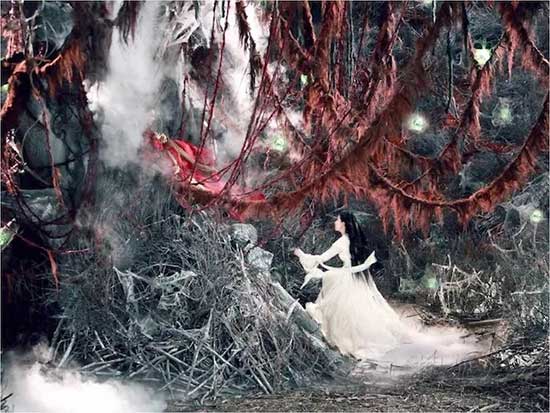
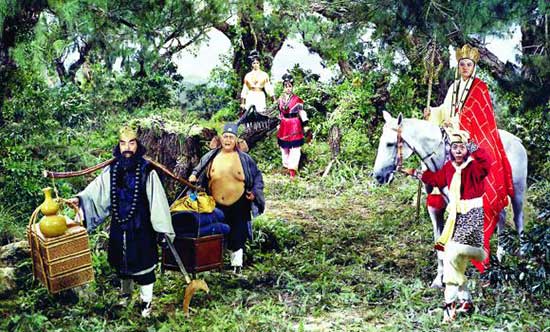
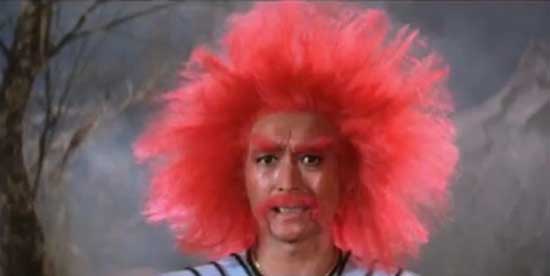
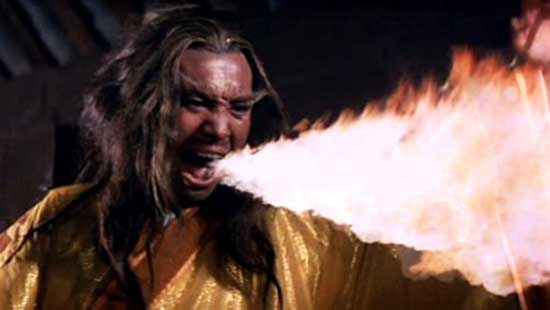
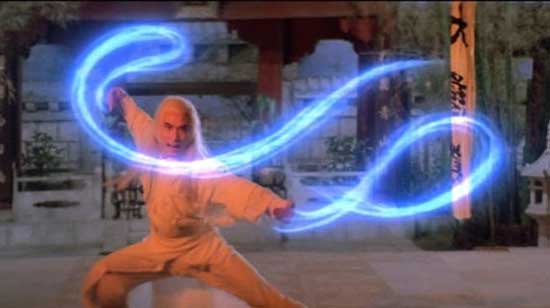
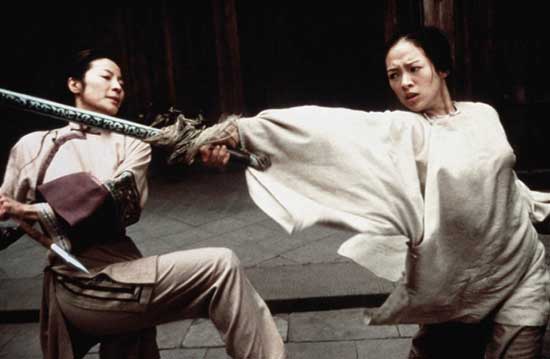
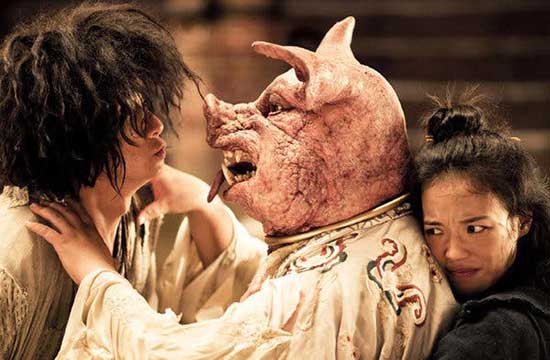
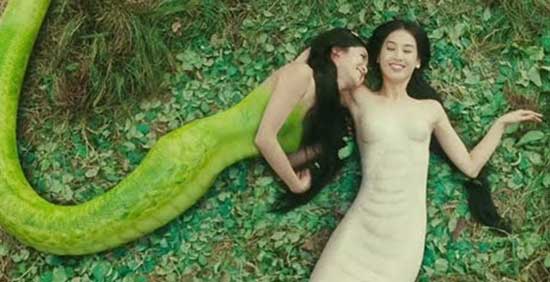
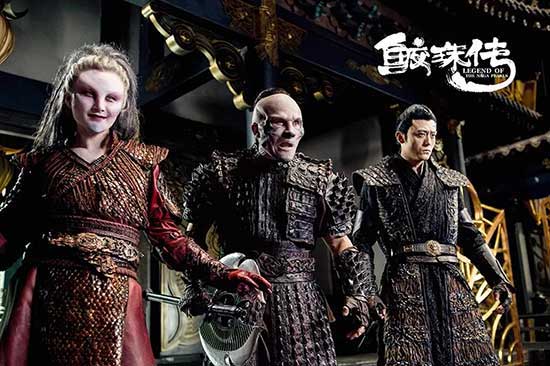
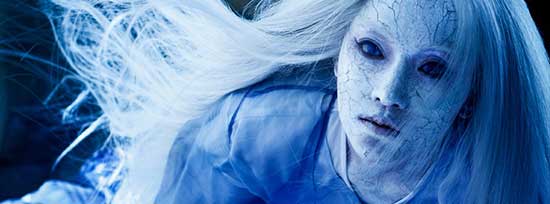
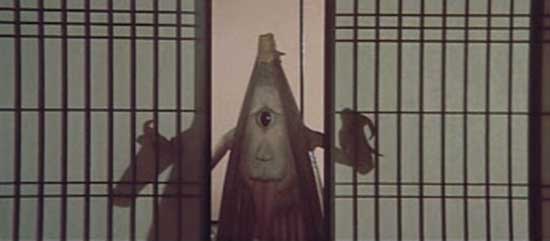
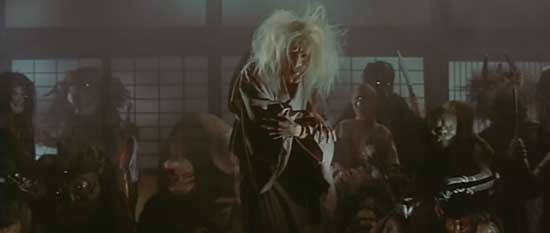
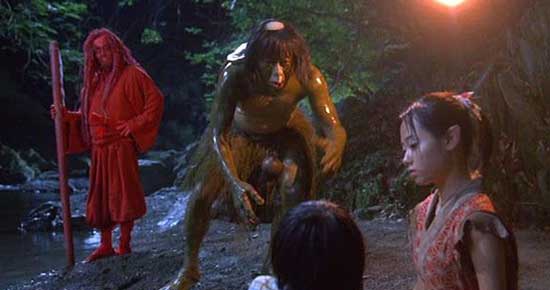
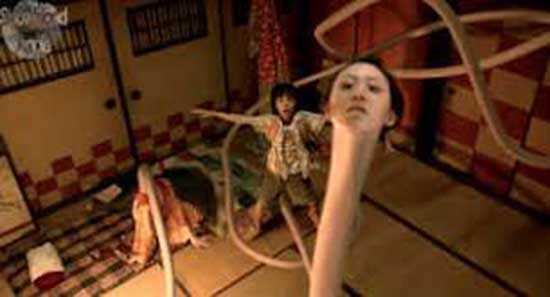


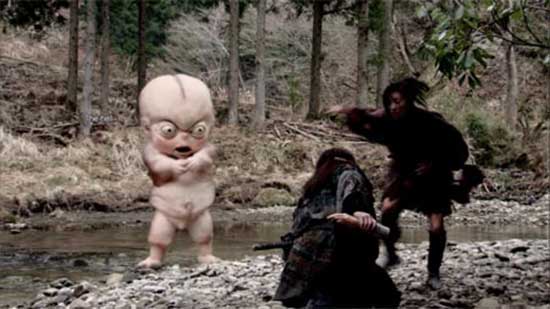
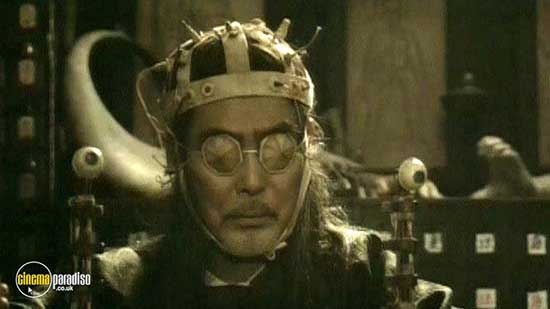
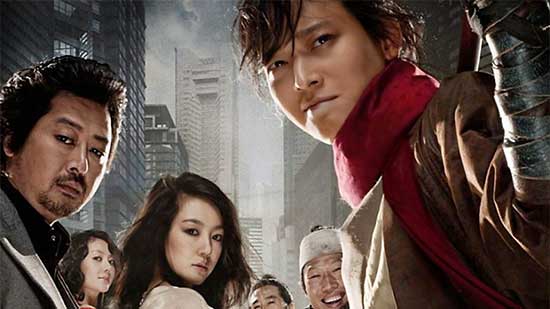








One comment
Pingback: The Mythology of Ice Fantasy, Part 2 – Illuminating the Fool's Mirror